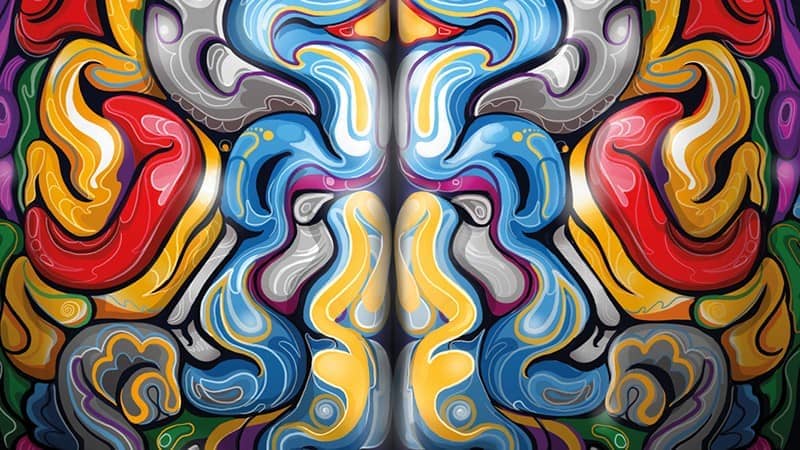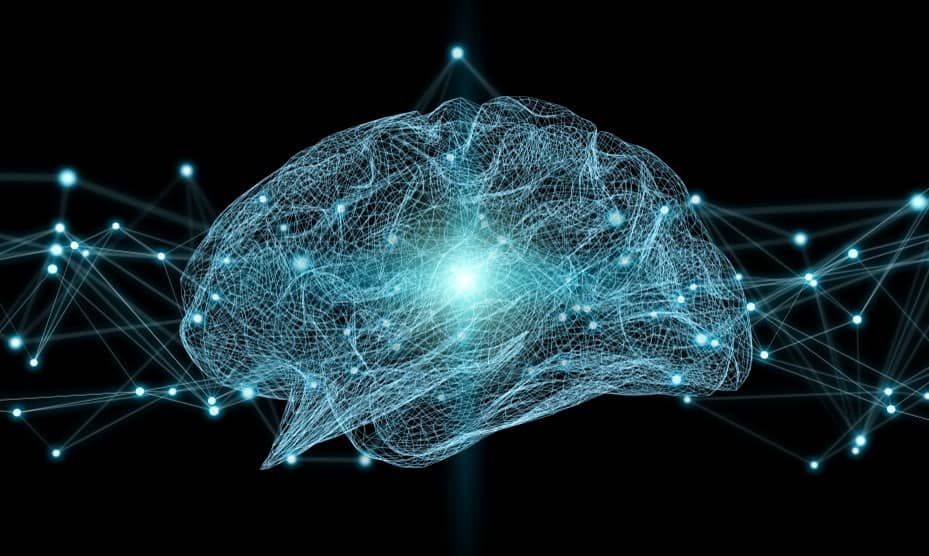Brain simulation is actually a process of creating a computer model of a brain or creating any part of the brain. Here, you can get the brain simulation activities, brain stimulation therapy, brain simulation technique, and more. The brain model usually contains modeling neurons and bulk chemical materials. But still it is being practiced in smaller mammals and the project named blue brain project.
This Human brain project (HBP) was started by European commission. And HBP aims to create and operate a European research infrastructure for brain research, and other brain inspired science. And also it is aimed to build multi-scale scaffold theory and models for the brain.
HBP vision
To understand the human brain structure and its function, by structuring a European research infrastructure that harness multiple disciplines and computing, and advances science, ICT and medicine, to the benefit of society.
HBP mission
HBP project aims to explore multi-level complexity of the brain in space and time. And also it is intend to transfer acquired knowledge to brain-derived applications in health, computing and technology. It is launched for creating the trans-disciplinary population of researchers combined by the quest to realize the brain at multiple scales of organization.
Reality behind brain simulation platform
Many researchers have made an algorithm capable of performing a complete human brain simulation. Brain simulation platform is an internet based platform designed for the reconstruction and simulation of brain models.
This brain simulation platform entails a set of software tools and workflows for collaborative brain research to permit researchers to rebuild and simulate comprehensive multi-level models of the brain, displaying developing structures and behaviors. Models can be simulated and reconstructed at various levels of description and the researchers can be selected based on the level of detail. The tools offered by the BSP permit researchers to carry out the experiments to authenticate the models and to carry out the study that are not possible in the laboratory.
There are 3 main aim of this brain simulation platform, they are as follows.
- It is mainly aims towards the major validation of the reconstruction and brain simulation strategy.
- The launch of the BSP to the scientific community and the public community, permit users to widen and validate data-driven models of neurons and brain tissue in various regions.
- The initial formulation of the whole cortical pyramidal human neuron models and other key achievements are known to be the recent application of Blue Brain techniques and workflows to other brain regions, particularly the cerebellum, hippocampus and the basal ganglia.
The BSP offers small connecting lines for the reconstruction and simulation, modulated and formed in the base of into web-accessible workflows or showcased as use cases. Many of the essential software techniques are presented as open-source software. The BSP’s exclusive technique permits members of the neuroscience community to formulate their own advantages, accelerating collaborative brain research across the globe is actually addressing the research questions that are hard and they are not possible to address by means of other methods.
Brain simulated in supercomputer
In this, the brain simulation offers such a simulation in worldwide offers deep approaching into the way the brain works. But some neuroscientists have argued that it will expose no more about the brain’s workings than do simpler, more abstract simulations of neural circuitry while sucking up a great deal of computing power and possessions.
Challenges in brain simulation

- Simulating the human brain is one of the most important challenges among the scientific endeavors, and overwhelming technical obstacles lie ahead. Among the one hundred billion neurons and one thousand trillion synapses, and simulating the human brain can push the limits of computers and it is capable of carrying out one quadrillion operations per second.
- Offering a biologically accurate simulation of the brain would need an almost boundless set of parameters. A lot of particulars are not included into models, including the brain’s extracellular interactions, and molecular-scale processes likely receptor binding.
- Processes include brain development and learning occurs across years or decades in humans. Unfortunately, none of the current technology can run large-scale simulations faster than in real time.
- The model functions that involves in the brain-wide networks, smaller models of brain regions require to be combined.
Brains, simulating systems and neuromorphic devices
Investigating about the computational performance of a computing system is known to be much important for developing the neuromorphic technologies Neuromorphic technologies for computing and they are the essential devices for processing the information and data analysis that intend to estimate the architecture and style of computing of biological brains in complementary metal-oxide semiconductor very large-scale integration systems.
For any other enquiries concerning about your application process or admission process we are here to aid you with the same and please contact 91 8681018401.









